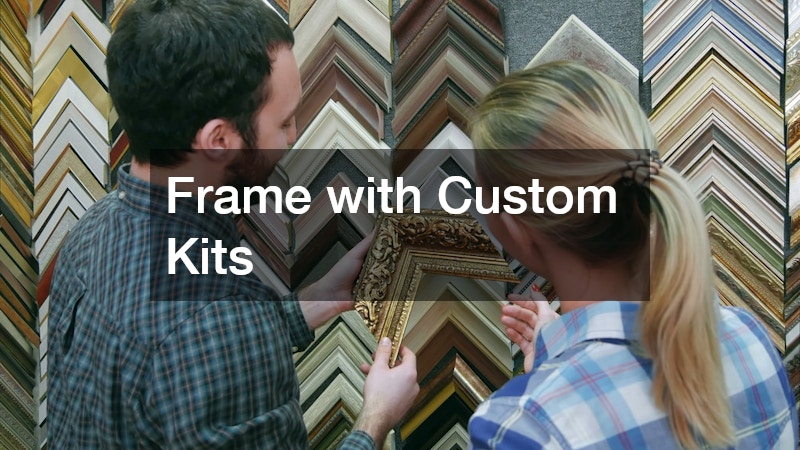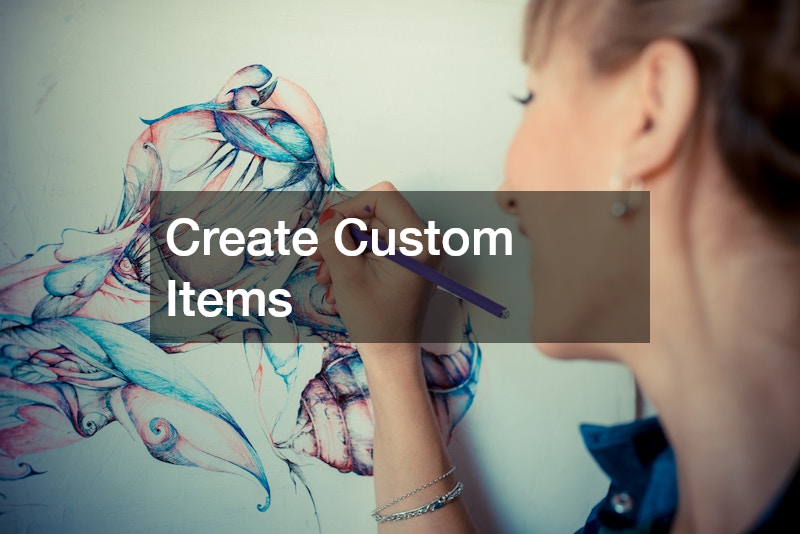Upcoming Art Galleries Featuring Local Artists
Art brings communities together, creates dialogue, and provides a platform for voices often unheard. As we continue to move through an era that celebrates individual creativity and expression, art galleries are emerging as significant cultural hubs. These spaces not only celebrate local talent but also serve as conduits for cultural exchange and community engagement. They offer a stage for local artists to showcase their work and, in doing so, enrich the cultural fabric of their communities. From monthly exhibits to curated shows, upcoming art galleries featuring artists are reshaping the way we experience and appreciate the arts on a local level.
These upcoming galleries are more than just spaces for aesthetic appreciation; they are evolving into interactive environments that invite the audience to connect with art on a deeper level. Each gallery is a unique blend of vision and passion, providing a platform for homegrown talent to thrive. In this article, we explore various facets related to these art spaces — from custom framing and unique design processes to showcasing local craftsmanship and supporting community endeavors. Through this comprehensive guide, we hope to inspire both artists and art enthusiasts to engage with these vibrant communities and continue to cultivate the thriving art scenes in their own neighborhoods.
Showcase Local Art
The concept of showcasing local art has gained momentum in recent years as communities rally to support emerging talents from within their own areas. Art galleries featuring local artists play a pivotal role in this movement, providing the necessary exposure and platform that budding artists need to establish themselves. These galleries curate collections that resonate with local histories, cultures, and community values, making art both accessible and meaningful to the public. By doing so, they transform into spaces of collective memory and celebration.
In focusing on local artists, galleries often collaborate with local metal fabricators, painters, sculptors, and craftspersons to present art that reflects the community’s identity and character. This partnership helps to spotlight traditional skills and innovative practices, reviving interest in local craftsmanship. Local metal fabricators, for instance, contribute significantly to art installations that evoke a sense of place and continuity. Through these partnerships, the galleries not only promote artists but also reinforce the connection between art and the local economy, encouraging a sustainable and vibrant cultural environment.
Frame with Custom Kits

The presentation of art is just as important as the art itself, which is why custom framing kits have become essential tools for galleries. Framing is an art form in its own right, enhancing the appearance of artworks, protecting them from damage, and adding an extra layer of meaning to the piece. Art galleries understand the impact of proper presentation and invest significantly in finding the right frames. This not only enhances the visual appeal of artworks but also complements the theme and tone of the exhibition.
Custom framing kits offer galleries the flexibility and creativity needed to match frames with the diverse styles of art they display. Whether it’s a minimalist print, a vivid painting, or an intricate piece of metalwork, having a range of custom options ensures that each piece is framed to perfection. By employing custom framing kits, galleries work to preserve the integrity of the art while providing artists and viewers a seamless visual experience. This meticulous attention to detail in framing reflects the dedication these galleries have to both aesthetic value and the preservation of art.
Design Unique Spaces
Designing unique spaces is critical for art galleries that aim to provide an immersive art experience. It’s not merely about displaying art; it’s about crafting an atmosphere that enhances the interaction between the viewer and the artwork. The custom design process involved in creating these spaces often includes balancing lighting, acoustics, and spatial flow to highlight the artwork’s presence and evoke a sensory response from the audience. Art galleries featuring local artists thus become tailored environments where every corner and corridor tells a story.
In the custom design process, galleries may work with designers to create spaces that enhance the storytelling aspect of an exhibit. This might involve the use of adjustable lighting systems, modular display units, or flexible partitions that allow for dynamic interactions with art. The goal is to adapt to each exhibit’s unique needs, thereby maximizing the visitor’s engagement with the art. Local artists benefit greatly as the bespoke environment created through this process helps bring their creative vision to life, offering viewers a distinct and memorable experience.
Create Custom Items

Art galleries increasingly embrace the creation of custom items to offer something unique and personal to their visitors. These might include limited-edition prints, artist-designed merchandise, or bespoke accessories inspired by the exhibits. Art galleries featuring local artists use these custom items not only as a source of income to support gallery operations but also as a means to expand the reach of the artist’s work beyond traditional art formats.
Custom items serve as a tangible memory for visitors, allowing them to take a piece of the art experience home with them. Galleries collaborate closely with artists to ensure that these items are authentic and reflective of the artist’s original work. From art prints to specially crafted jewelry, each custom item is crafted with the same creativity and dedication as the art itself. This approach helps to create a more personal connection between the audience and the artist, fostering a deeper appreciation and understanding of the work.
Stitch with Embroidery
Embroidery as an art form has been experiencing a renaissance in recent years, celebrated for its intricate detail and cultural significance. Art galleries featuring local artists have embraced custom embroidery as a medium that not only showcases skill and creativity but also the rich traditions associated with textile art. By highlighting embroidered works, these galleries are able to present a wide spectrum of artistry that includes heritage crafts and contemporary design.
Custom embroidery offers artists a platform to express their heritage and personal narratives through needle and thread, resulting in pieces that are visually stunning and laden with symbolism. The collaborative process between artists and galleries can involve exhibiting traditional embroidery alongside modern interpretations, creating a dialogue between the past and present. This inclusion enriches the gallery’s offering and demonstrates the versatility and evolving nature of traditional crafts in a modern artistic context.
Sculpt with Aluminum

Aluminum has become a favored material among sculptors for its versatility and contemporary aesthetic appeal. Art galleries featuring local artists often showcase aluminum sculptures that present an intriguing fusion of industrial material and artistry. These exhibits highlight how artists transform a seemingly mundane material into captivating works of art, challenging perceptions and encouraging viewers to appreciate the intersection of modernity and craft.
The process of sculpting with aluminum requires technical skill and creativity, with artists often innovating new techniques to manipulate the metal into their desired forms. Art galleries support this exploration by providing a platform for sculptors to exhibit large-scale installations that might not be feasible elsewhere. Through these exhibitions, galleries not only promote local talent but also elevate the artistic medium of aluminum, showing its potential beyond industrial uses to an appreciative art audience.
Reuse Scrap for Art
The art of reusing scrap materials is not just an environmental effort but also a means to challenge traditional notions of art materials. Art galleries featuring local artists are increasingly embracing works made from scrap materials, seeing them as striking examples of creativity and sustainability in the art world. By transforming everyday waste into art, artists highlight the possibilities of recycling and upcycling, all while reducing their environmental footprint.
Collaborating with scrap metal buyers and recyclers, artists procure materials that would otherwise be discarded, giving them new life through their creativity. These art pieces often carry powerful messages about consumption, waste, and renewal, resonating deeply with audiences. By exhibiting such works, galleries inspire their visitors to reconsider the value of materials and elevate the conversation about environmental stewardship in the context of art.
Display in Offices

Integrating art into workplace environments has been shown to increase productivity and enhance employee well-being. Art galleries featuring local artists contribute to this trend by providing curated art collections for display in various office settings. By incorporating local art into spaces like dental offices, corporate boardrooms, and public areas, businesses can create more engaging and aesthetically pleasing environments for their staff and clients.
The selection of art for these spaces is often guided by the specific cultural or branding goals of the company. Incorporating works by local artists not only enhances the physical surroundings but also supports regional artistic talent, offering businesses a chance to make a positive impact on their local arts scene. The presence of original artworks can inspire creativity and innovation in the workplace, benefiting all who interact with these dynamic spaces.
Remodel for Galleries
To elevate the presentation of art, many galleries engage in remodeling projects that transform existing spaces into optimal environments for artistic display. Local remodelers often take on the task of redesigning gallery spaces to meet the specific needs of exhibitions, which could include enhancing natural lighting, updating display installations, or expanding wall space. This renovation process allows galleries to transition from conventional spaces to bespoke art venues that highlight the uniqueness of each exhibit.
The collaboration between galleries and local remodelers is pivotal in ensuring that architectural designs align with artistic objectives. Thoughtful remodeling accommodates a variety of artistic media, providing the necessary infrastructure to support installations, sculptures, photography, and fine art. This approach not only elevates the gallery experience but also ensures that art is displayed in a manner that respects the artist’s vision, thereby enhancing the viewer’s overall experience.
Support Local Talent
Supporting local talent is at the core of many art galleries’ missions, recognizing that fostering the growth of emerging artists is crucial for cultural enrichment. Art galleries featuring local artists often engage in outreach programs, workshops, and community events to nurture artistic potential. These initiatives allow artists to develop their skills, share their work with a broader audience, and receive valuable feedback from peers and the public.
Collaborations with organizations such as schools, physical therapist offices, and cultural institutions enable galleries to extend their support network. By entering these partnerships, galleries can offer artists a range of opportunities from educational workshops to public exhibits. This not only catapults the careers of individual artists but also strengthens the cultural infrastructure of the community, cultivating an environment where creativity and art can flourish.
The rise of art galleries featuring local artists represents an exciting shift towards community-centric and inclusive art spaces. These galleries are not only places where art is viewed but also where it is experienced, discussed, and created anew. From showcasing the craft of local metal fabricators to the artistry of sculptors utilizing aluminum, these spaces are at the forefront of innovation, not just in art but in how communities engage with art.
As these galleries continue to grow and evolve, they set a precedent for supporting sustainability through practices like reusing scrap materials and offering custom items. Moreover, by bridging the gap between art and everyday spaces such as offices and public venues, these galleries foster environments that value and celebrate creativity. By encouraging local talent and collaborating with local remodelers and educators, they ensure that art remains a vital, accessible part of community life.
Upcoming art galleries featuring local artists illuminate the potential that art has to bring people together and spark change. Through their diverse and dynamic offerings, they remind us of the significance of community, creativity, and collaboration. As we look to the future, supporting and engaging with these galleries is a commitment to a vibrant and inclusive cultural world. Let us embrace these spaces and the artists who fill them with their vision, passion, and talent.

